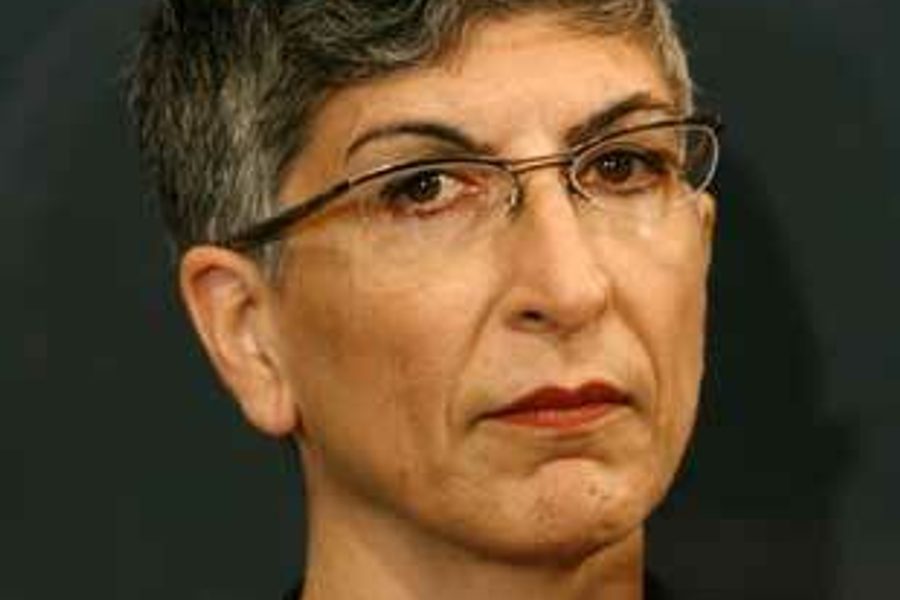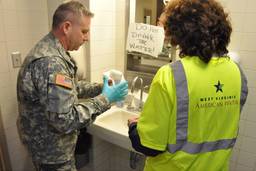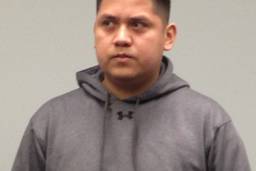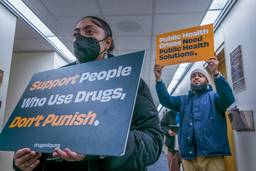
Two Connecticut cities have taken opposite approaches to dealing with undocumented immigrants. Last summer, New Haven became the first city in the country to issue municipal IDs regardless of immigration status. (See “Despite Raids, IDs For All,” August 2007.) Meanwhile, in February, Danbury deputized some of its police officers to act in concert with agents of the federal Immigration and Customs Enforcement.
On March 12, the mayors of the two cities met in the capital of Hartford for a ticketed debate in front of an audience of about a hundred, whose opinions on the issue reflected a similarly divergent range.
New Haven Mayor John DeStefano, a Democrat, and Danbury Mayor Mark Boughton, a Republican, agreed that the United States benefits from the work of undocumented immigrants.
Boughton, however, said the current influx of immigrants brings a lot of problems with it, while DeStefano said the problems stem not from the immigrants, but from how American society marginalizes them.
New Haven’s groundbreaking ID program has signed up more than 5,500 people – both citizens and non-citizens, documented and undocumented immigrants – since last summer in a city of 130,000, according to the mayor’s office.
“I feel very empowered,” DeStefano said, “and I think my community feels very empowered to make change.” The city estimates its undocumented population at between 12,000 and 15,000.
Boughton, on the other hand, defended his decision to have city detectives work with federal immigration officials to ferret out the undocumented.
“Until the American people understand that we need to have workers, but we also need to have some sense of how enforcement works and we need to be serious about enforcement, then they’re never going to accept whatever gets proposed in Congress,” he said at the debate.
Danbury’s population is 80,000, and the mayor estimates that undocumented residents account for between 5,000 and 15,000.
A third panelist, Tamar Jacoby of the conservative Manhattan Institute, said that the immigration system is “completely broken.” She said the approaches of both cities had merit, and emphasized that America must increase legal immigration to get “the busboys and gardeners” that a prosperous economy requires.
DeStefano outlined past waves of immigration. Jacoby marshaled studies to show that undocumented immigrants contribute more to the growth of the economy than they consume in services. Boughton relied on anecdotal information, like the story of a landscaper who told him he had to sell his business because competitors using undocumented laborers were undercutting his business.
During the question-and-answer session, one audience member suggested it would be worthwhile to know how American trade and foreign policy have negatively affected the hemisphere, forcing more people off their land and pushing them to el Norte to find work.
The World Affairs Council and the Hartford Courant sponsored the event, which took place at the Mark Twain House, a building decorated with several of the author’s aphorisms, including “Travel is fatal to prejudice.”
Meanwhile, members of the Community Watchdog Project, a group made up mostly of New Haven suburbanites, were videotaping the presentation. They have condemned New Haven’s municipal ID program and have demanded that undocumented residents be deported.









